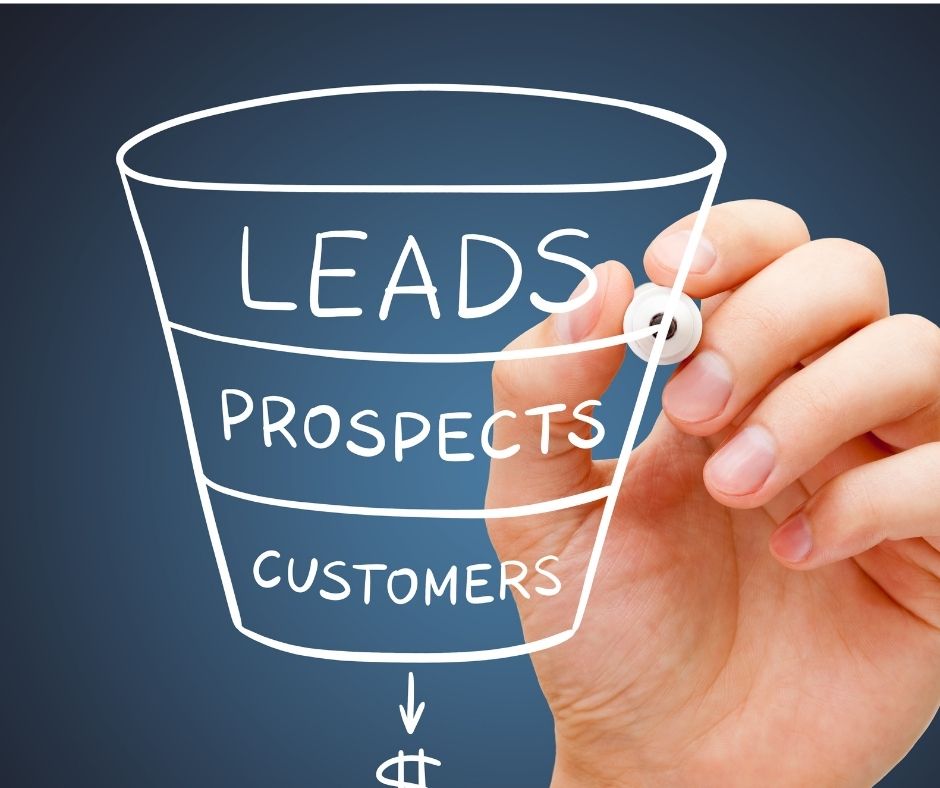
Success is rarely coincidental. The companies that enjoy substantial ROIs are usually the companies that develop well-thought-out strategies for every stage of the marketing funnel. They have toiled over the designs of their products, can tell you a hundred reasons why their product is superior to their competitors, and know buyer personas as well as their best friends.
One of the most distinctive traits of a successful company is its marketing funnel. Every company’s funnel looks different. Prosperous companies have funnels closer to the shapes of cylinders, while under-prepared companies are thinner and leak leads all throughout because they are ill-equipped to nurture them. You can determine what your marketing funnel is saying about your company by analyzing the number of leads you have in each stage of the funnel. You can learn where it’s strong and where it needs improvements.
However, funnels are so much more complicated than that. If you believe your work is done at the purchasing stage, you’re missing opportunities to compound your success and amplify your brand.
The Awareness Stage of Your Marketing Funnel
Objective:
To reach out to your target audience and show them that you have a solution to their problem.
If successful:
Your top of the funnel is wide, acquiring many qualified leads. Companies successful in the Awareness Stage have a strong social media presence and can get people reading blog posts and watching viral videos about their products. You will see high levels of traffic, downloads, likes, shares, views, and clicks. When done well, there will be enough to drive leads to the Evaluation Stage.
If unsuccessful:
Your top of the funnel is small, or you are acquiring weak leads who aren’t interested in your product and can’t be encouraged to buy. You are not only receiving low traffic, but people aren’t watching your full videos, reading your full blog posts, and aren’t interacting with your content.
How to fix:
Create content that makes people curious about your brand without selling to them. People on social media are looking for entertainment, not a sales pitch. If you can construct a creative, informative blog or an intriguing video that stops people from scrolling through their news feed, you have got your first foot in the door.
Expedia’s Out There Starts Here blog is an excellent example of the type of content that will attract leads. While Expedia is known for selling flights, hotels, and other accommodations, their blog is full of guides, tips, and inspiring images of the many destinations you can visit when booking your next vacation. Each post encourages readers to plan their next getaway, complete with sights to see, places to stay, and where to eat. After posts draw in a lead like their Luxury Guide to Queenstown, they don’t even have to leave Expedia’s site to start booking their next vacation.
The Evaluation Stage of Your Marketing Funnel
Objective:
To prove that your product can solve their problem better than your competitors.
If successful:
Your leads have information about your product and company that they can easily access, which encourages them to decide to buy from you. Among this is social proof your product is worth buying, via user-generated content, case studies, and demonstrations among other forms of content. All this leads to many leads continuing onto the Purchasing Stage.
If unsuccessful:
The middle of your funnel will go from wide to thin. Either your company is trying to push leads through the Evaluation Stage before they are ready, or lacks the information that leads need to feel comfortable continuing their buyer’s journey. If you aren’t there to help them along their way, your company will atrophy in this stage.
How to fix:
Create an easy-to-find FAQ section and how-to blog to address the most common concerns, and make yourself readily available to answer any questions to make potential customers feel comfortable and confident about your product. Also, provide a wealth of content that shows why your product is right for them—including case studies and white papers.
According to Angie Mansfield, the self-proclaimed “case study and white paper geek,” case studies are essentially customer success stories that give your prospects the experience of using your product before ever laying a hand on it. Meanwhile, white papers are ranked second in terms of the most influential content buyers can read before making a purchase. Her portfolio is full of excellent examples of both covering various niches.
The Purchase Stage of Your Marketing Funnel
Objective:
To guide the lead to buy your product.
If successful:
Your company will enjoy converted customers, and your Evaluation and Purchase Stages will resemble a cylinder more than a funnel. A combination of easy-to-find web pages and purchase pages, testimonials, reviews, and offers has convinced your leads that your product is a must-have.
If unsuccessful:
Your company is failing to recognize that your potential leads still need a little more coaxing before buying from you. They may be suspicious by a poor number of positive reviews or testimonials, and if you aren’t offering them any special promotion or discount to make up for it, they may be led astray. Also, if your website is poorly designed with too many graphics, sluggish load screens, and confusing toolbars, they may not navigate your page.
How to fix:
Think about what would entice you to hit the ‘buy’ button. Chances are, your leads are in the same boat. Have the necessary social proof to make your leads feel comfortable with the final stage of their buyer’s journey, and provide special offers to sweeten the deal. Also, have a simple, easy-to-navigate website like Big Apple Hot Dogs or Anet Design.
Turn Your Funnel Into a Cycle
You have around a 5% chance to sell something to a new customer, but a 60%-70% chance to sell something to a repeat customer. As such, 65% or more of an average small business’ revenue comes from existing customers.
Customers that trust your content don’t have to go through the Awareness and Evaluation stages with them. They already know that your product is great, and were convinced by the content you have shown them to buy! Smart e-mail marketing, such as campaigns that the Inn at Seaside has conducted, can drive repeat business by offering timely specials, attract design, and customer raves.
Catering to happy customers saves you money on marketing material and shortens long sales cycles. If your company doesn’t have a strategy to encourage customers to become repeat purchasers, you are missing out.
Take a minute to analyze the strengths and weaknesses of your marketing funnel. Chances are the improvements you need have simpler solutions than you think.
For more information on marketing funnel ideas, visit our learn section.
